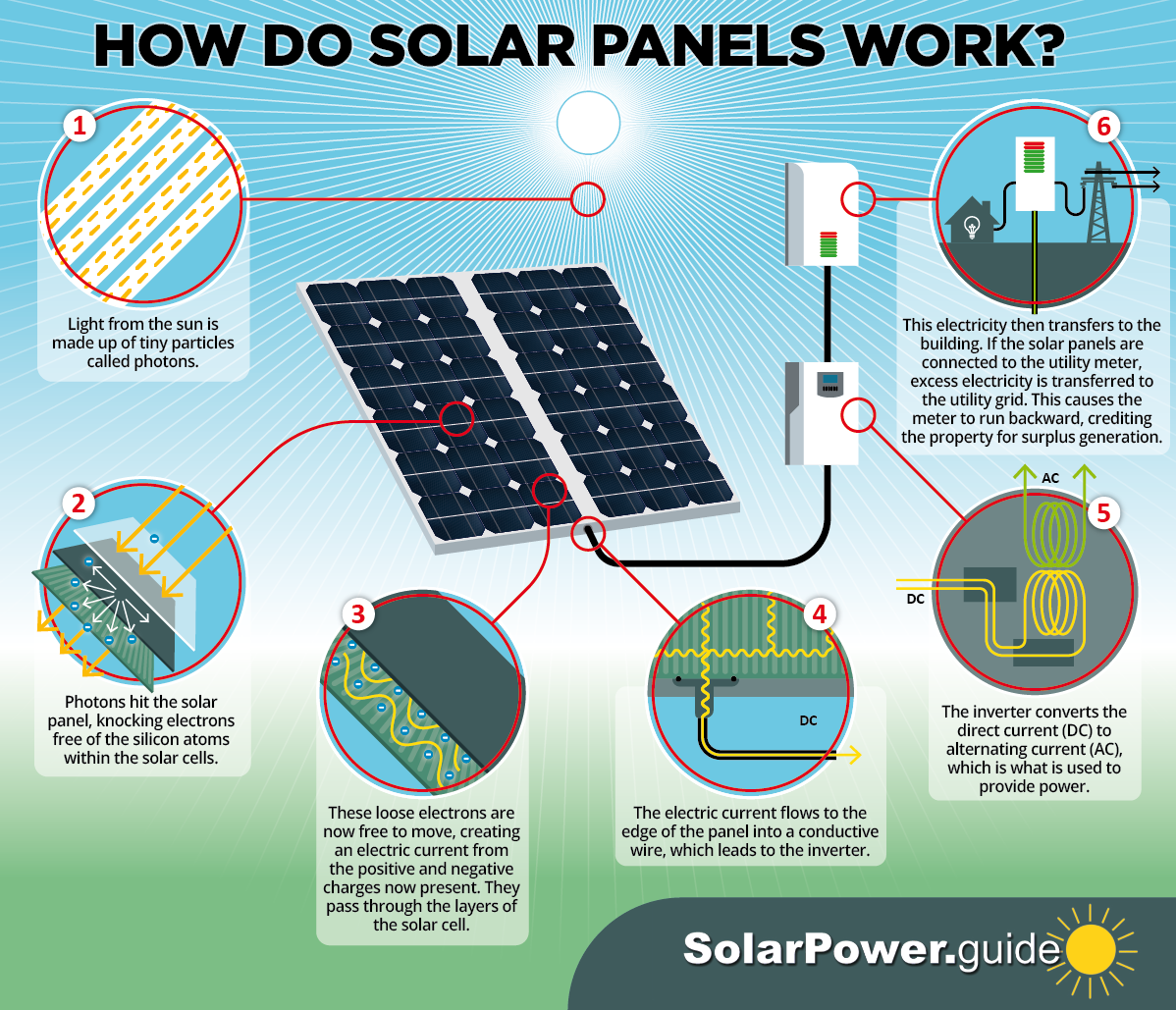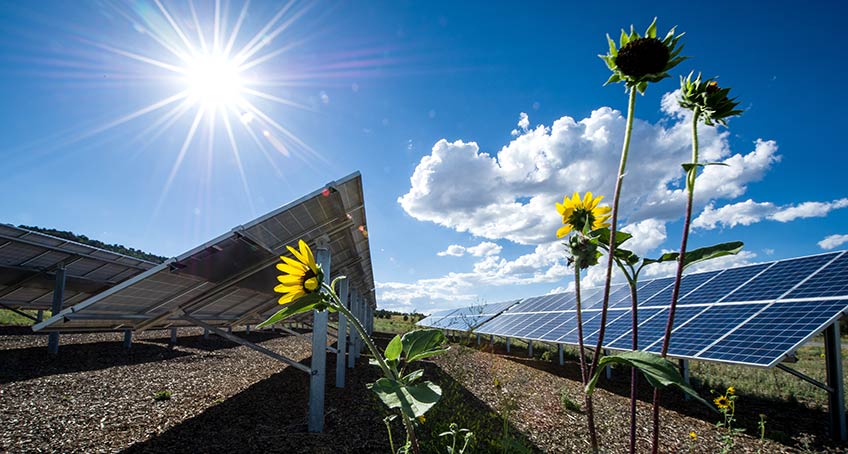Harnessing the Sun’s Power:
Solar Energy Explained
Solar energy is celebrated as a clean and renewable energy source, but like any technology, it comes with its own set of challenges. In this exploration of solar energy, we’ll dive into how it works, its importance, the benefits it offers, and also take a closer look at its limitations and drawbacks.
The Power of Solar Panels
Solar energy relies on photovoltaic (PV) cells, commonly referred to as solar panels, which convert sunlight directly into electricity. These panels are made of semiconductor materials that generate an electric current when exposed to sunlight. This electricity can be used immediately or stored for future use, making solar energy a versatile and environmentally-friendly power source.
Capturing the Sun’s Energy
Solar panels are strategically installed on rooftops, open fields, or integrated into building materials to maximize sun exposure. This captured sunlight is converted into electricity, providing a reliable and sustainable source of power. Additionally, solar energy does not produce any carbon emissions.
Solar energy also offers new opportunities. By generating electricity locally, individuals and businesses can reduce their reliance on external energy sources and gain more control over their energy needs, enhancing energy affordability and reliability. Moreover, the development of solar energy can provide new maintenance and construction jobs for the area.
Challenges of Solar Energy
While solar energy has many advantages, it’s essential to consider its limitations:
-
- Intermittency: Solar power generation is dependent on sunlight, making it intermittent. At night, on cloudy days, or in regions with limited sunlight, solar panels produce less or no electricity, requiring backup energy sources or energy storage solutions.
- High Initial Costs: The installation of solar panels can involve significant upfront costs, including the purchase of solar panels and the necessary equipment. However, these costs have been decreasing over time.
- Space Requirements: Solar panels require ample space for installation. Rooftops may not always have sufficient space, and ground-mounted systems need available land.
- Energy Storage Challenges: To overcome intermittency, energy storage solutions like batteries are often needed. These add to the overall cost and may require maintenance.
- Resource and Material Use: The manufacturing of solar panels involves the use of rare materials and energy-intensive processes.
The Future of Solar Energy
Solar energy is undeniably a powerful and sustainable source of electricity with numerous benefits. However, its intermittency, initial costs, space requirements, and other challenges should be carefully considered when planning solar energy adoption. Despite these drawbacks, ongoing technological advancements and innovations aim to mitigate these limitations, making solar energy an increasingly attractive and viable energy option for a cleaner and more sustainable future.



